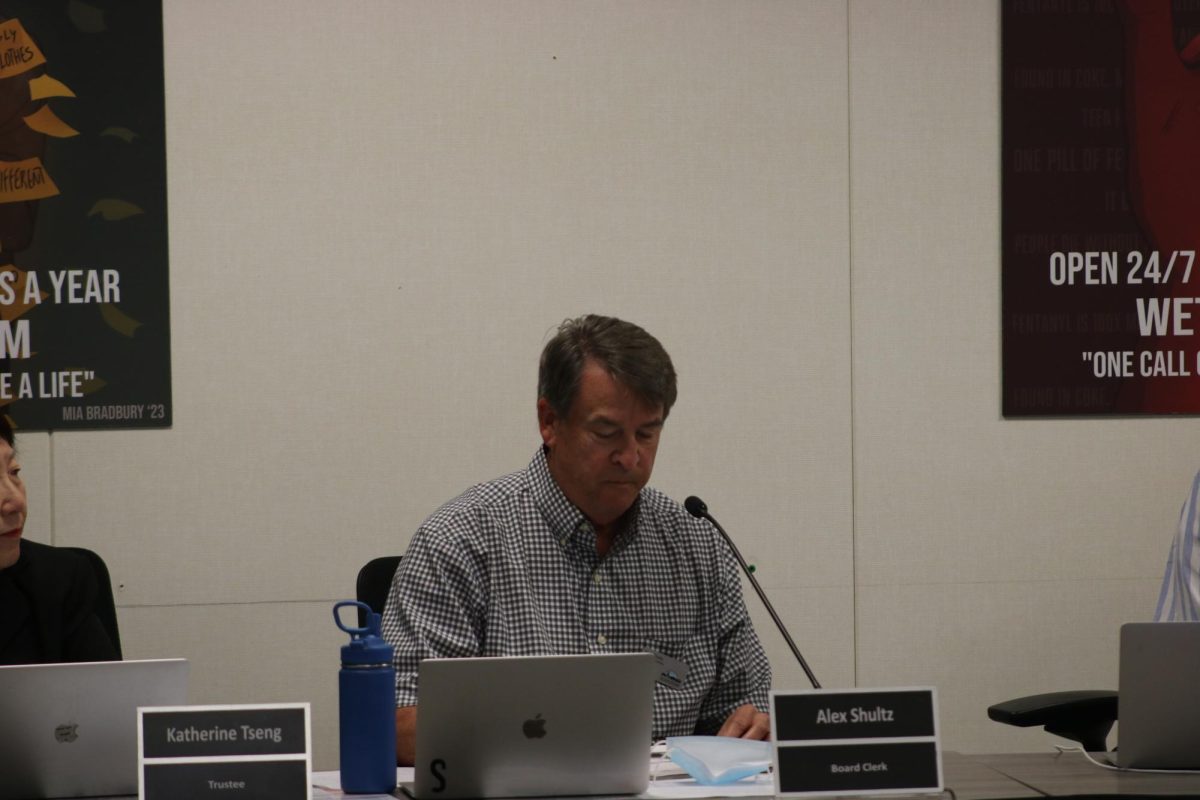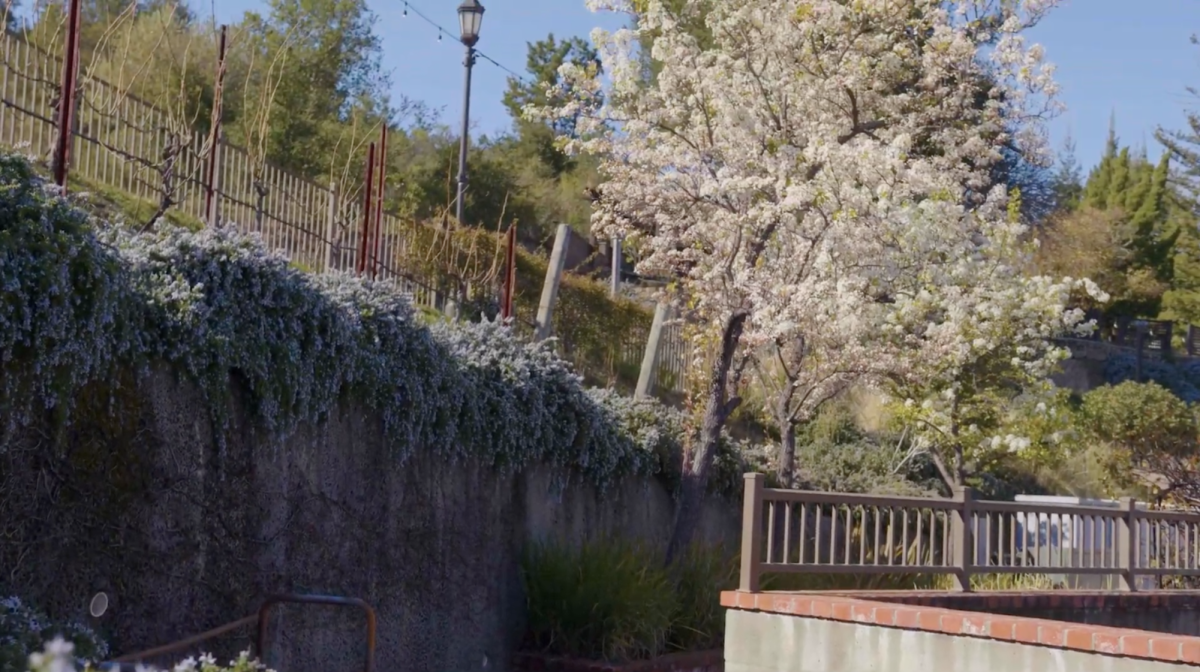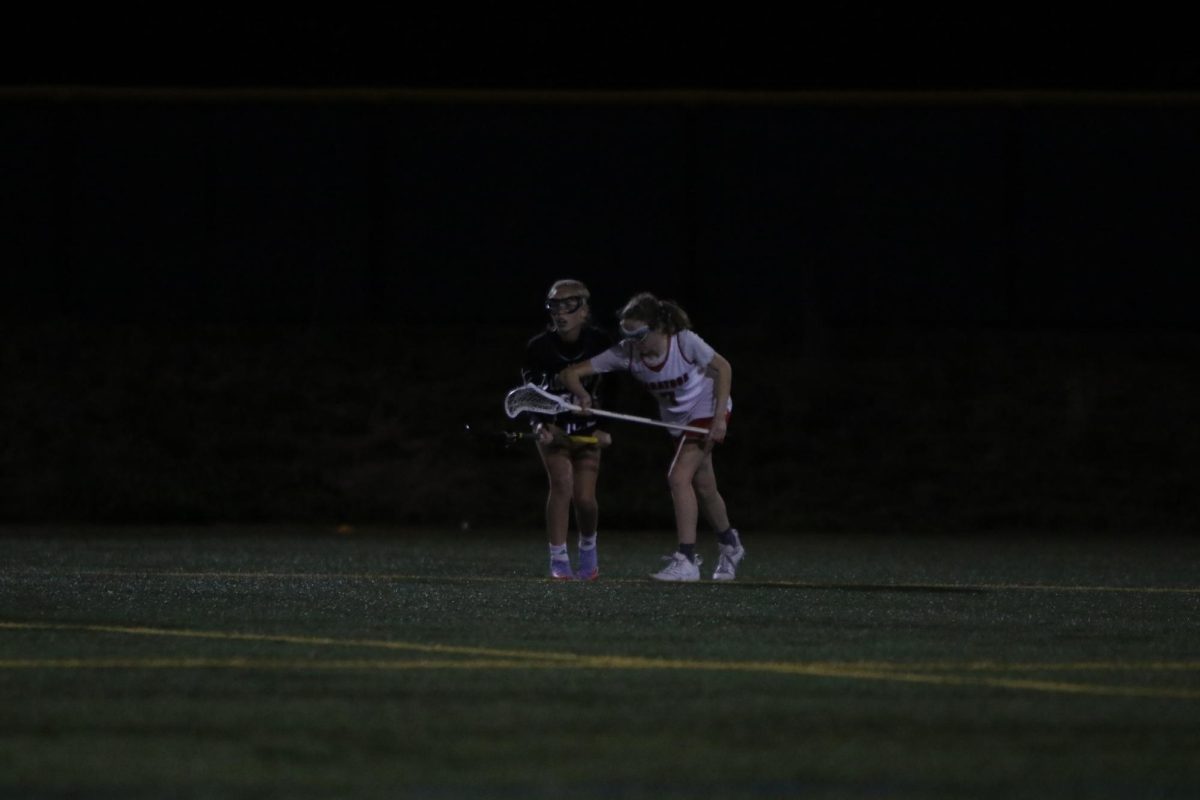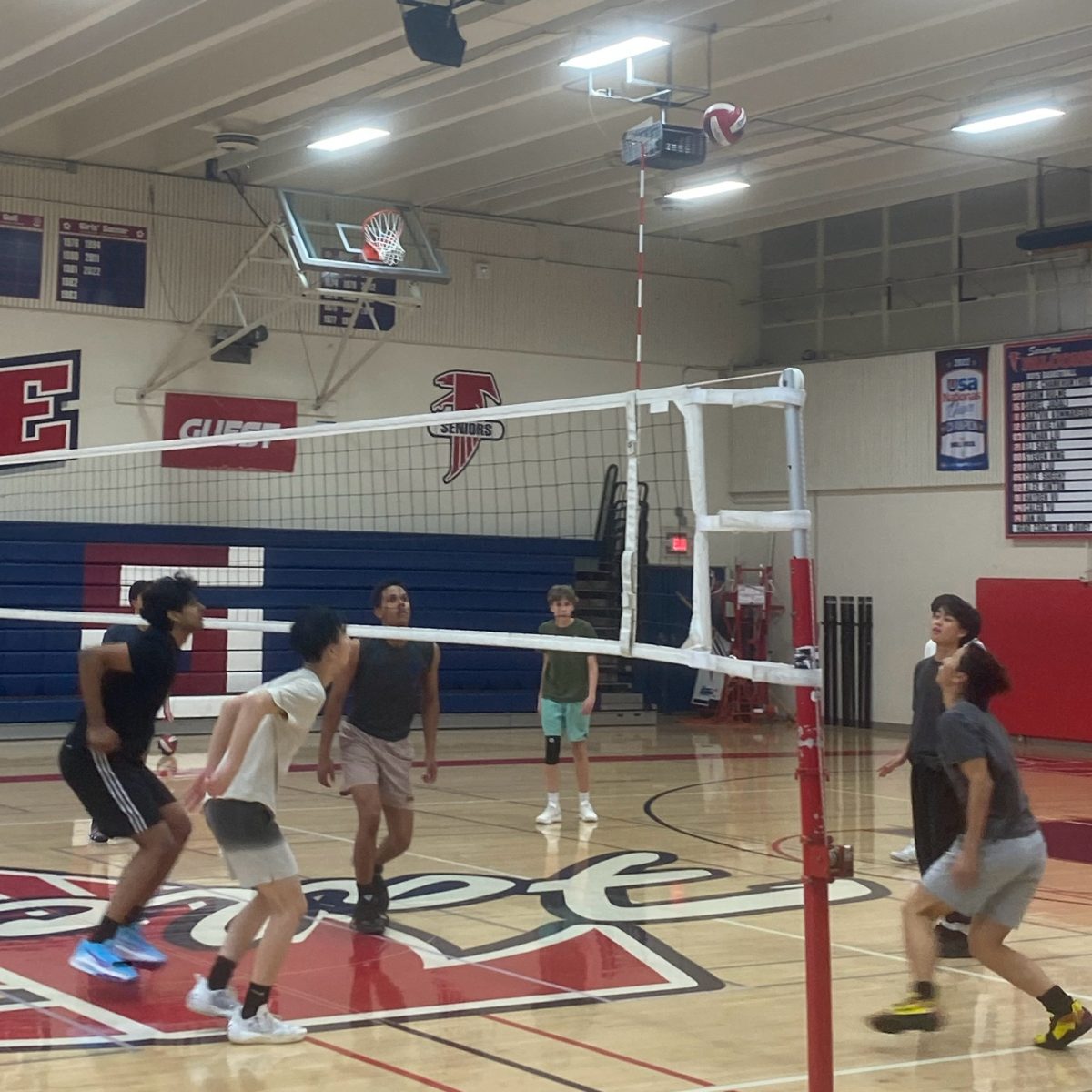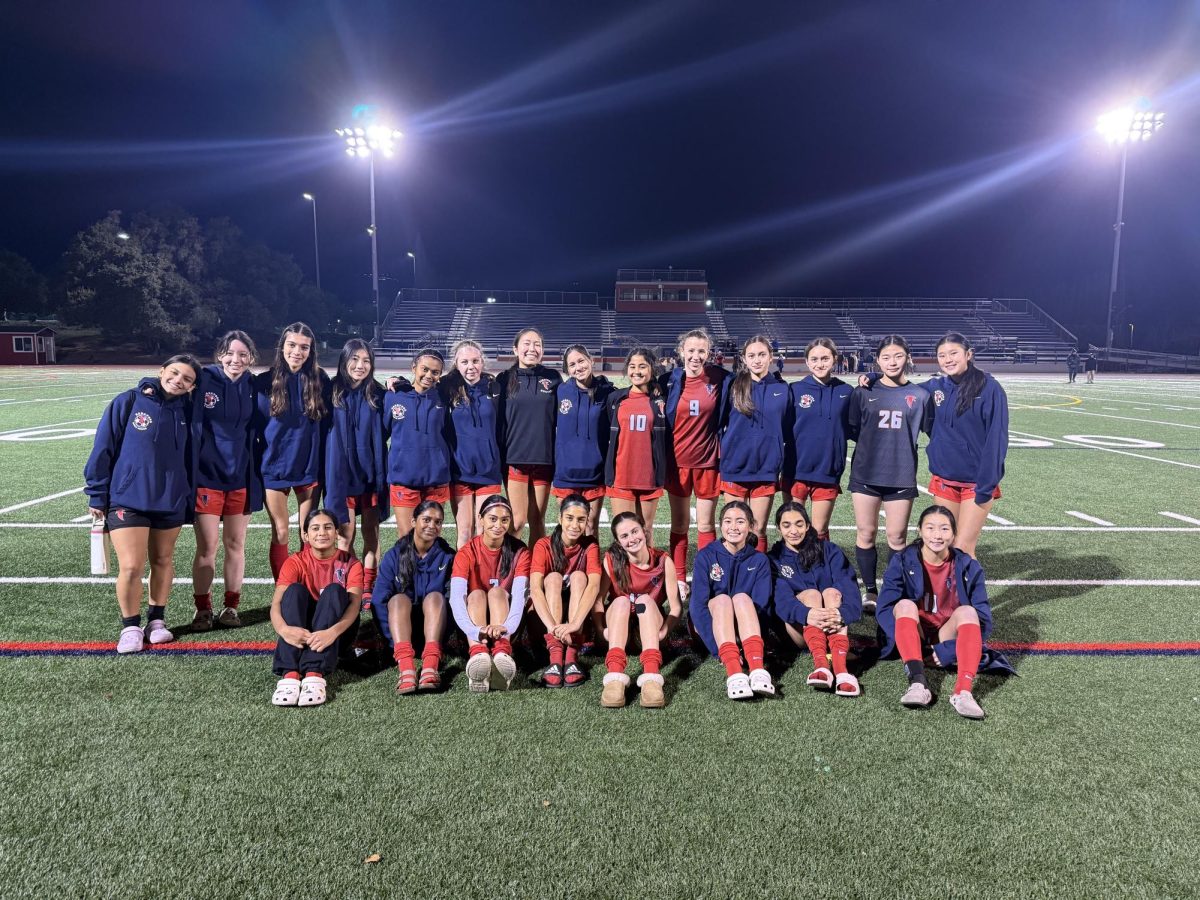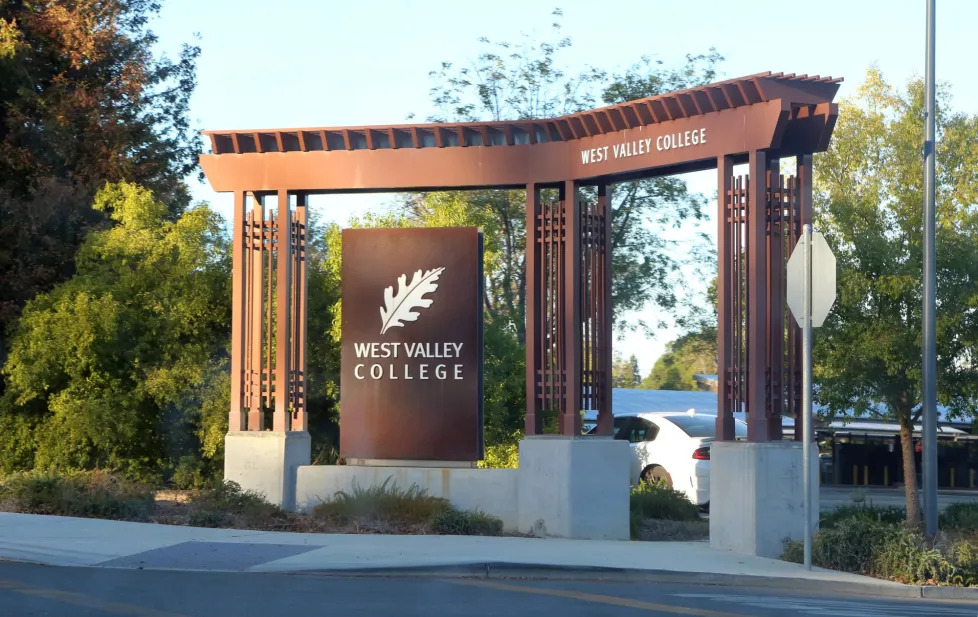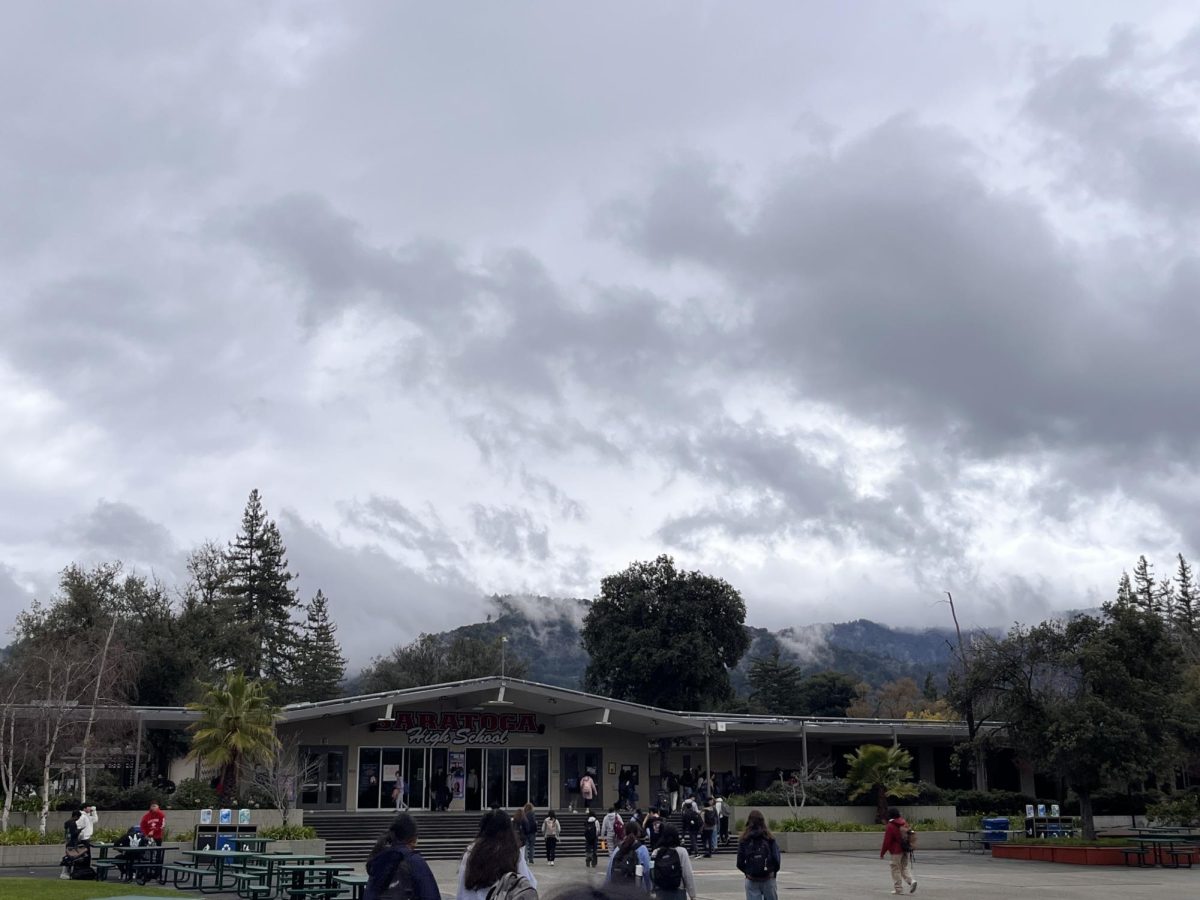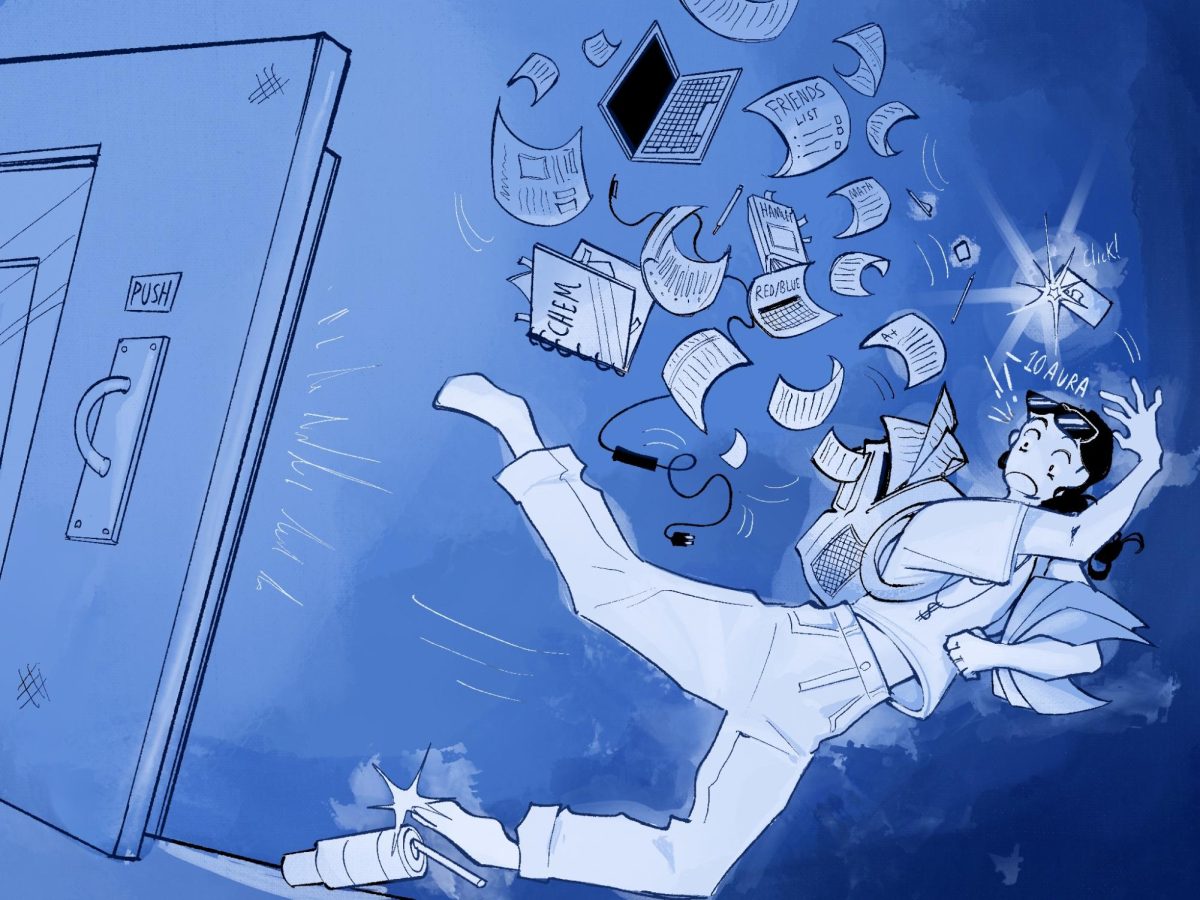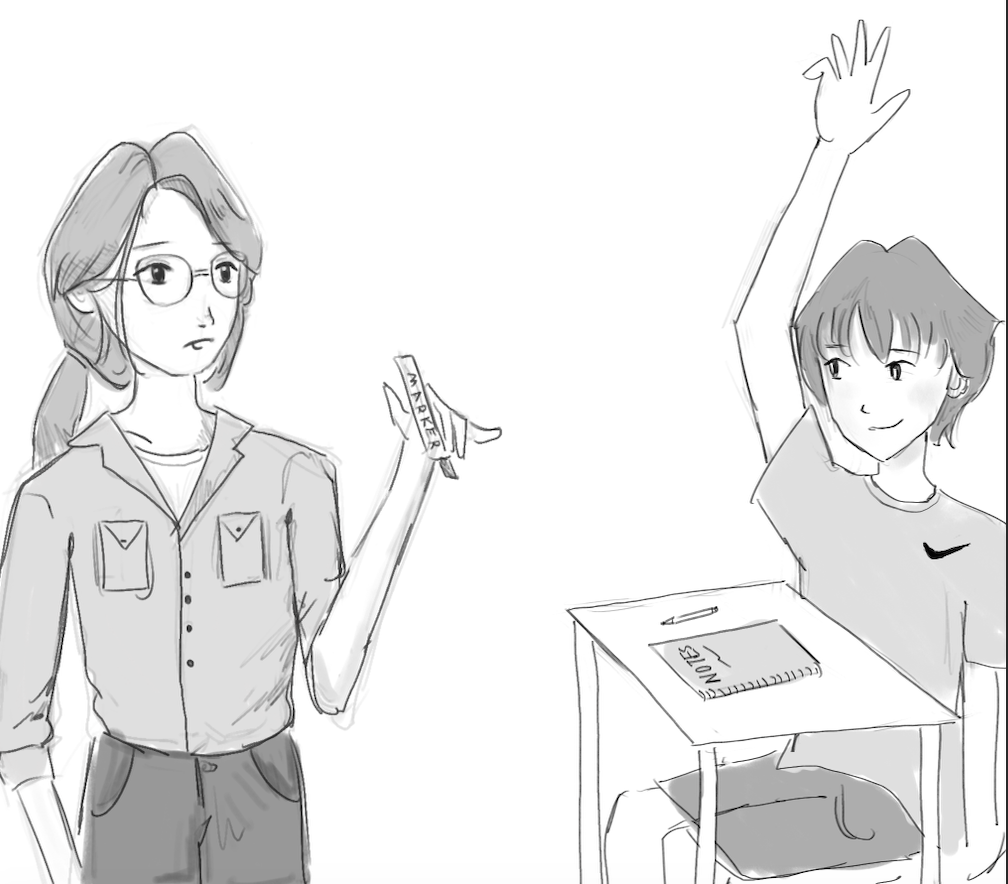Every year, dozens of upperclassmen find themselves trying to balance their health, extracurriculars and academic ambition in the form of AP and Honors classes.
On average, juniors take 6.5 classes while seniors enroll in 6, registrar Robert Wise said. He said the average junior takes 3.5 AP and Honors classes and seniors take 3.2 AP and Honors classes.
But not all of these classes have the same reputation for rigor. Some courses, such as AP Physics 1 and 2 and the two AP Calculus classes are known to be among the most challenging STEM courses students can opt to enroll in. For the fall semester, grades for the junior class generally tended to be on the low side, with the juniors accumulating the most grades of C’s or below, and the least number of A’s. However, sophomores dropped the most number of classes, with courses such as Chemistry Honors and Algebra 2 Honors being among the most dropped.
The Falcon interviewed teachers and students for two AP courses based both on fall semester GPA data and student perception of difficulty for the two classes.
AP Calculus AB
During the fall semester, 112 students were enrolled in AP Calculus AB — more than 1.6 times that of AP Calculus BC, with 69 students, and five times the enrollment of College Prep (CP) Calculus, with 22 students.
A common misconception is that AP Calculus AB is significantly less rigorous than AP Calculus BC — in fact, some high schools even require students to take AP Calculus AB before enrolling in BC as a prerequisite, to prepare them for the faster pace and more in-depth content covered in the latter class.
But despite being perceived as the “easier” AP Calculus course, the class had a larger number of drops than AP Calculus BC, and the average fall semester GPA in AP Calculus AB was lower; in fact, for the fall semester, AP Calculus AB had the lowest average GPA of all AP courses — AP Environmental Science following suit — though the course with the lowest average varies immensely year to year, and in general, STEM AP courses held a lower average GPA than AP courses in the humanities.
AP Calculus AB teacher Lisa Ginestet-Araki largely attributes this to the general rigor of the school’s math and AP courses, with the average GPA and the number of A’s being “right on par” with what the math department would expect to see for the course.
“I am very happy with the performance of the [Calculus] AB students this year,” Ginestet-Araki said. “I know that the ‘norm’ at Saratoga High is that most students expect a majority of the class to receive A’s, but I don’t think that’s a realistic expectation for an AP level math class. That’s why I always try to focus on how much students are learning and improving.”
Ginestet-Araki found that Calculus AB being the first math AP or Honors course for many students makes transitioning from regular Pre-Calculus difficult.
Additionally, because calculus requires an accumulation of skills and concepts learned in foundational math courses since middle school — especially requiring a strong algebra foundation — if a student lacks knowledge about key concepts, they will likely struggle with certain aspects of calculus such as working with trigonometric identities and difficult, heavily Algebra based derivation and integration questions.
Junior Nancy Lei has found that the grade earned in a course is not necessarily reflective of the course’s difficulty, but rather a myriad of factors, such as how well individual students are able to adjust to the jump in workload between CP, Honors and AP courses, a student’s natural affinity for a subject and how much time and effort they are able to put into a class.
In terms of difficulty, Lei, who is also taking two AP science classes — AP Physics 1/2 and AP Chemistry — said that Calculus AB is one of the “mid-tier” classes she is taking. Even though the class does move at a slower pace than other AP classes she is enrolled in, the concepts introduced in the course are “completely new” and more challenging from what has been taught in her previous math classes.
“It’s like every other math class I’ve ever taken was in 2D, but now Calculus is 3D — it’s a whole different side of math,” Lei said. “But [Ginestet-Araki] explains everything really well, so if the concepts are ever a complete mystery to you, don’t hesitate to ask for help.”
Though Lei believes the workload for Calc AB is similar to that of Pre-Calculus Honors, the looming threat of the AP test means she spends around half an hour more per day studying and ensuring she fully understands all of the material.
Lei noted paying active attention in class for Calculus AB is crucial to succeeding, saying that, because of how cumulative the content in Calculus is, it’s extremely difficult for students to catch up once they fall behind.
AP Physics 1 and 2
In a survey conducted by the Falcon, 69 of 144 student voters said AP Physics 1 and 2 was the most challenging course that they had taken during their time at the school. The course, which combines two year-long AP courses into one year, is often difficult both because physics is a heavily conceptual subject in general, and because the class runs at an extremely fast pace, said AP Physics 1 and 2 and AP Physics C teacher Matthew Welander.
“I’m not surprised students find the course challenging,” Welander said. “The only surprise for me is that there are students who didn’t expect AP Physics 1 and 2 to be challenging. Any time I meet someone and tell them I teach physics, I always get a weird look or a gasp. I think a lot of adults would rank physics as the hardest subject in high school.”
Additionally, many students, particularly juniors, who enroll don’t have a prior background in physics; instead, they have chosen to skip CP Physics to have the opportunity to take AP Physics C senior year. This is unlike other AP science courses, such as AP Chemistry and AP Biology, where students almost always have prior knowledge due to the school’s requirement to take one year of Biology and one year of either CP Chemistry or Chemistry Honors.
For junior Bryan Li, who taught himself AP Physics C from a textbook and in 2022 enrolled in Tang Academy Physics — a popular preparatory school among Bay Area students to prepare for physics competitions such as F=ma and USAPhO, being familiar with physics concepts before enrolling in AP Physics 1 and 2 course has greatly helped him to succeed in the class.
“It doesn’t really feel time-consuming to study, because I think physics is fun,” Li said. “But the class really does require students to spend some time self-studying, to go in during tutorial to ask questions and to do lots of practice problems.”
He also noted the importance of students needing to be able to learn quickly to keep up with the pace of the class.
“The topics [in physics] themselves are not exceptionally hard because Welander is a great teacher and explains them well,” Li said. “However, Saratoga teaches each AP class in one semester, requiring him to go super fast through the material, so he only gives one or two example problems in class for each topic.”
Senior Miranda Yee, who dropped AP Physics 1 and 2 after the first semester, had a different experience with the course. Initially, Yee had wanted to enroll in CP Physics, but due to schedule conflicts, could only take AP Physics 1 and 2.
After the first six weeks, Yee — who went into the class with no prior knowledge — considered dropping the course but decided to stay enrolled for the first semester in order to gain a basic understanding of the subject.
However, Yee chose to drop the course second semester both because of time constraints and because she decided she was too busy with other senior projects such as the Media Art Program Capstone project, helping to plan the MAP’s SMASH’N event and working on her Engineering Final.
Yee found that the pace of the class was the aspect that she struggled with the most, recalling that the class would “do a complete 180” every few weeks and switch to a completely new topic with a whole new set of formulas to memorize.
“Everything moves so fast that I just felt like I was not learning the material very thoroughly, and it was not really what I wanted to spend my time doing either — the concepts are interesting, but I just didn’t like the style of the class because of the pace,” Yee said. “I would say physics was one of the most frustrating classes that I’ve taken at Saratoga High, but I think the difficulty really depends on the person and how much time they are willing to commit.”
For his part, Welander highlighted the importance of staying motivated and fully understanding each concept introduced in the class.
“There are a lot of concepts to learn and remember, and the test questions are not going to match problems students have already seen,” Welander said. “It is expected that students understand the concepts well enough that they can apply their knowledge to new situations. I hope students learn how to better monitor their own understanding, and take immediate action if they find themselves not understanding a certain topic.”
Welander, who has taught AP Physics for 16 years — 10 years at SHS, and the first 6 years of his career at a high school in San Diego — also noticed a difference in enrollment in the class over the past few years. During the 2018 school year, there were three sections of AP Physics 1 and 2 (around 95 students) while this year, there are five sections of the course (around 145 students) despite a significant decrease in the school’s student body enrollment.
“On one hand, it may be a good thing that more students are challenging themselves,” Welander said. “But this also means that there are likely more students in the course who are feeling especially challenged by the level of rigor. I hope more students realize that CP Physics is a great course, and know that opting to take CP Physics over AP Physics is not going to ruin students’ chances of getting into college.”




